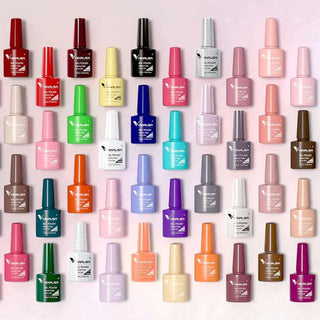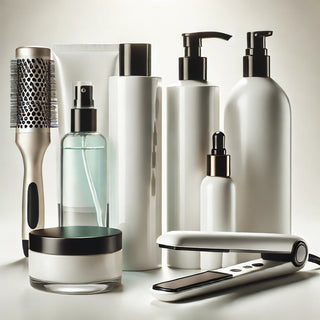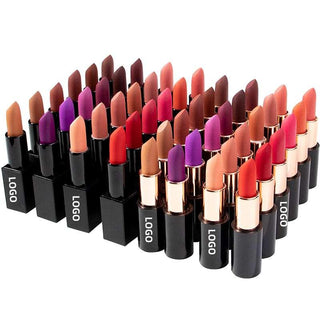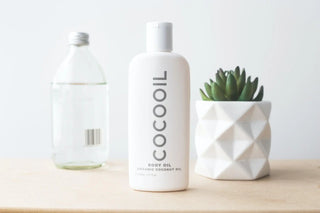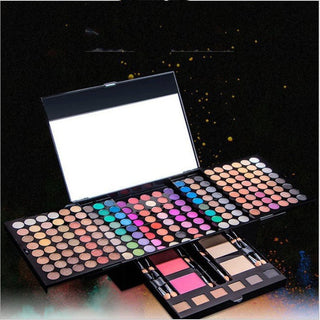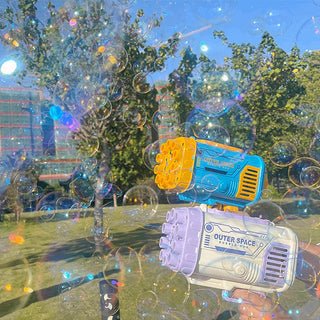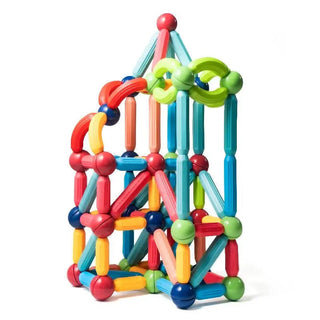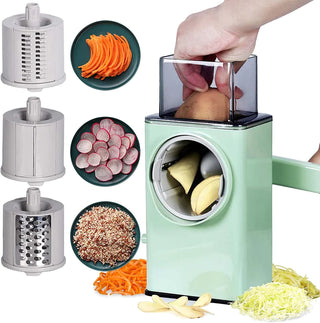Nails are often an overlooked aspect of our beauty routine, yet they can significantly enhance our overall appearance. Beautiful, well-maintained nails not only boost your self-esteem but also provide a polished finish to any look. One of the most effective and straightforward ways to achieve stunning nails is by mastering your nail buffer routine. This comprehensive guide will walk you through everything you need to know about nail buffers, from the various types and benefits to the techniques that will leave your nails looking salon-fresh.



Understanding the Importance of Nail Buffers
To best appreciate the role of a nail buffer in nail care, it’s crucial to understand what it does. A nail buffer is essentially a tool designed to smooth, polish, and shine your nails. Buffers come in a variety of materials, shapes, and sizes, but their primary function is to enhance the appearance and health of your nails.
Using a nail buffer effectively can transform your nails from dull and uneven to smooth and shiny. They work by gently removing the outermost layers of the nail, which can help in eliminating imperfections, enhancing shine, and preparing the nail surface for polish application. By incorporating a nail buffer into your beauty routine, you can achieve nails that look well-groomed and sophisticated.
Benefits of Using a Nail Buffer
Incorporating a nail buffer into your nail care routine can yield a multitude of benefits:
- Smooths Surface: One of the primary advantages of buffing is that it helps to even out ridges and imperfections on the nail surface, providing a smooth canvas for polish.
- Enhances Shine: Buffing can bring out a natural sheen, often eliminating the need for nail polish altogether, allowing your nails to shine through their natural beauty.
- Promotes Nail Health: Regular buffing can encourage blood circulation to the nail bed, fostering stronger and healthier nails over time.
- Prepares for Polish: Buffing creates a friction-free surface, allowing nail polish to adhere better, which can result in longer-lasting manicures.
- Reduces Chance of Chipping: A well-buffed nail surface minimizes the risk of polish chipping or peeling by providing a smoother surface for application.
Exploring Different Types of Nail Buffers
Choosing the right nail buffer is essential for achieving the desired results. Here’s a closer look at the different types of nail buffers available:
1. Foam Nail Buffers
Foam buffers are often the go-to choice for those new to buffing. They are lightweight, easy to handle, and typically come with several sides featuring various levels of grits. Foam buffers are gentle on the nail and excellent for smoothing out minor imperfections.
2. Wooden Buffers
Wooden buffers are a more traditional option that provides a firmer buffing experience. While they can be effective in smoothing out the nail surface, they require a bit more caution. Over-buffing with a wooden buffer can lead to damage or thinning of the nails, so it’s important to use them judiciously.
3. Electronic Nail Buffers
For those looking for a modern twist, electronic nail buffers offer a quick and efficient way to buff nails. These devices often come with various attachments and speeds, allowing for a customizable experience. However, it is crucial to read the instructions carefully to avoid any unintended damage.
4. Multi-Sided Buffers
Multi-sided buffers are versatile tools that can perform several functions—from filing to buffing to shining—all in one. These buffers are perfect for those who prefer an all-in-one solution and can help streamline your nail care routine.
Step-by-Step Guide to Using a Nail Buffer
Now that you’re familiar with the types of nail buffers available, let’s delve into a detailed step-by-step guide on how to use one effectively:
Step 1: Prep Your Nails
Start by ensuring your nails are clean. Remove any polish with a gentle nail polish remover and wash your hands thoroughly with soap and water. This will help you work on a clean surface, free from any residual polish or dirt.
Step 2: Choose the Right Nail Buffer
Select a nail buffer that suits your personal needs and preferences. If you're unsure, a multi-sided buffer is a good starting option for versatility.
Step 3: Buff the Surface
Begin by using the rougher side of your buffer. Gently run it over the surface of your nails in a back-and-forth motion. Be careful not to apply excessive pressure; a gentle touch will suffice. Focus on one nail at a time for the best results.
Step 4: Smooth Out Ridges
After buffing the nails with the rough side, switch to the finer grit side to smooth out any remaining ridges or imperfections. This second buffing step helps refine the surface even more.
Step 5: Shine Your Nails
Now it’s time to bring out that radiant shine! Use the shining side of your buffer and buff gently until your nails gleam with a natural luster. This step should not require much pressure; the gentler you are, the better the result.
Step 6: Moisturize
Once you’ve finished buffing, it’s crucial to apply a nourishing cuticle oil or hand cream to keep your nails and surrounding skin hydrated. This step helps lock in moisture, keeping your nails healthy and nourished.
How Often Should You Buff Your Nails?
While buffing can do wonders for your nails, it’s essential to avoid overdoing it. Generally, buffing once every two to four weeks is ideal for most people. Frequent buffing can lead to weakened nail beds, so be sure to pay attention to your nail condition and adjust your routine as necessary.
Common Mistakes to Avoid When Buffing Nails
Even seasoned beauty enthusiasts can make mistakes when using a nail buffer. Here are some common pitfalls to avoid:
- Over-buffing: Excessive buffing can weaken your nails and lead to damage. Aim for a gentle touch and limit your buffing sessions.
- Ignoring Moisturization: Always apply cuticle oil and hand cream after buffing to retain moisture and maintain nail health.
- Improper Technique: Make sure to use a consistent back-and-forth motion rather than side to side, which can create uneven surfaces on your nails.
- Neglecting Hygiene: Keep your nail buffer clean to prevent the transfer of bacteria or fungi to your nails. Consider sanitizing your buffer after each use.
DIY Nail Buffer Alternatives: What Happens When You’re In a Pinch
Life is unpredictable, and sometimes you may find yourself without a nail buffer. But don’t worry; you can utilize several household items to achieve similar results:
- Sandpaper: If you have fine-grit sandpaper on hand, it can serve as a makeshift buffer. Just remember to use it gently, as it can be more abrasive than traditional buffers.
- Nail File: A standard nail file can help you smooth out ridges, though it may not provide the same level of shine that a buffer offers.
- Olive Oil: After buffing, rubbing a small amount of olive oil onto your nails can promote shine and hydration, giving your nails a lovely glow.
Additional Tips for Nail Care
To achieve the best results for your nails, consider incorporating these additional tips into your nail care routine:
- Regular Maintenance: Establish a regular nail care routine that includes trimming, shaping, and buffing to keep your nails looking their best.
- Stay Hydrated: Drink plenty of water and maintain a balanced diet rich in vitamins and minerals that promote healthy nails, such as biotin, zinc, and vitamin E.
- Limit Exposure to Harsh Chemicals: Try to avoid prolonged exposure to harsh chemicals or detergents, which can weaken nails. Use gloves when washing dishes or cleaning.
- Don’t Neglect Your Cuticles: Keep your cuticles healthy by pushing them back gently with a cuticle pusher and applying nourishing cuticle oil regularly.
Conclusion
Achieving flawless nails is all about mastering your nail buffer routine. With the right tools, techniques, and a little TLC, you can enjoy beautiful, shiny, and healthy nails that enhance your overall look. Remember to select the right buffer, be gentle, and always moisturize afterward. Over time, you'll find that your nails will not only look great but also feel healthier and stronger.
So go ahead and give your nails the attention they deserve. With this ultimate guide to perfecting your nail buffer routine, you’re now equipped with the knowledge to transform your nail care game. Start buffing and flaunt those flawless nails with confidence!


